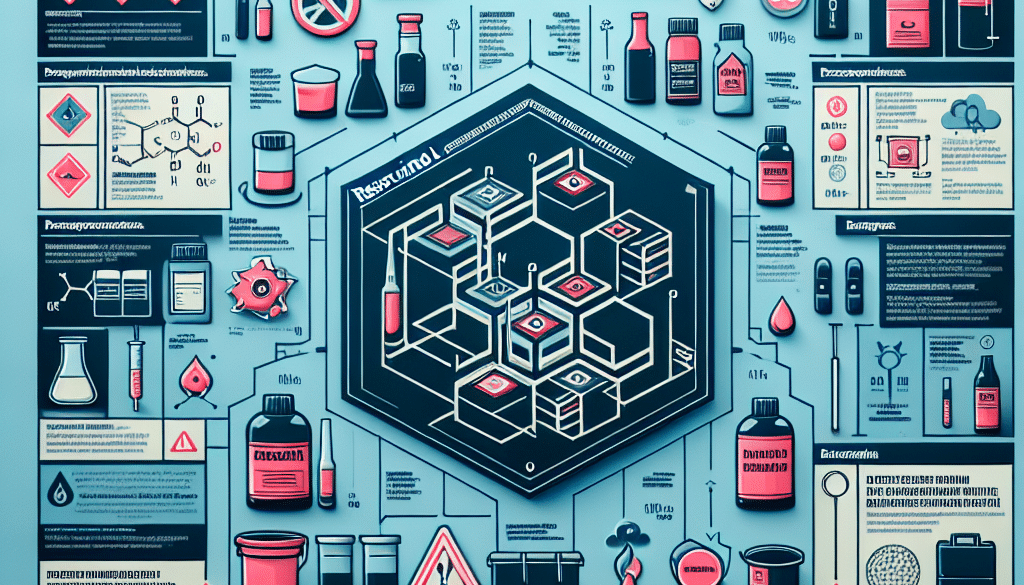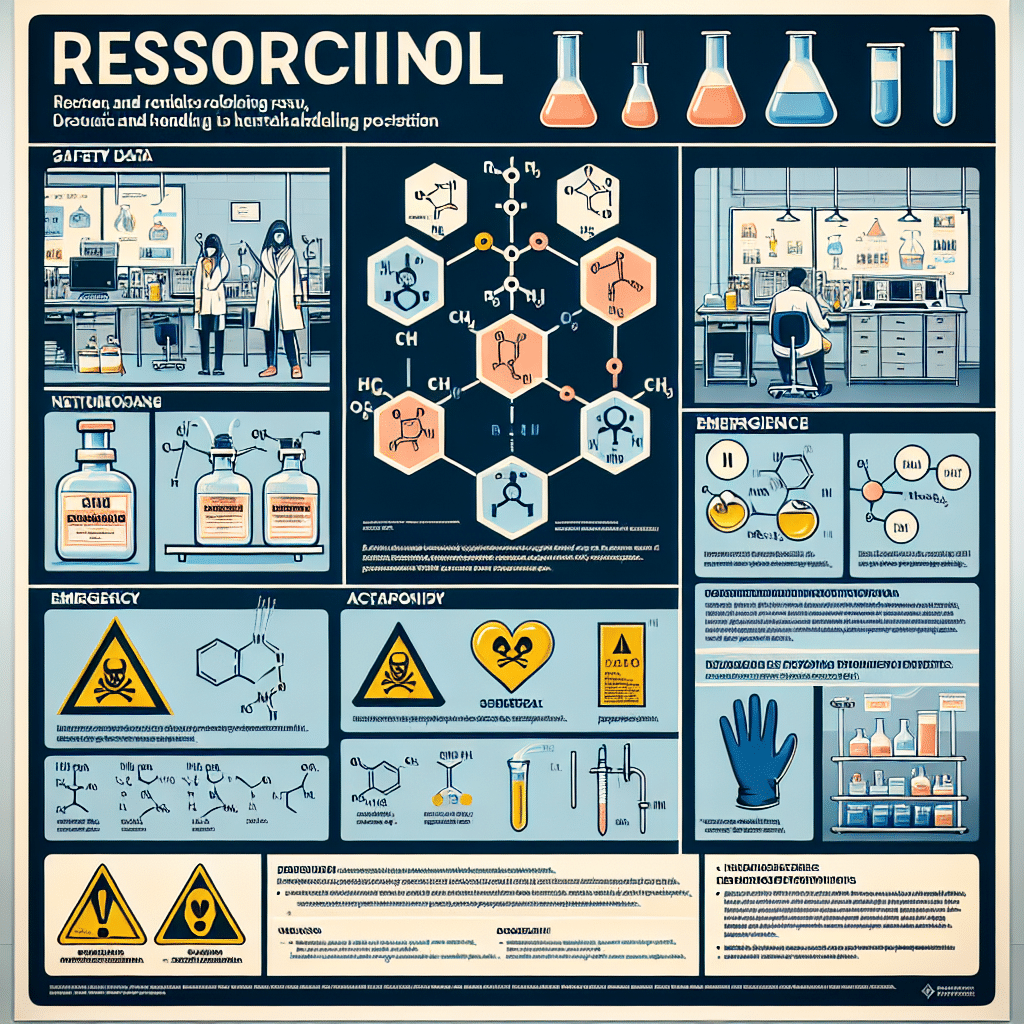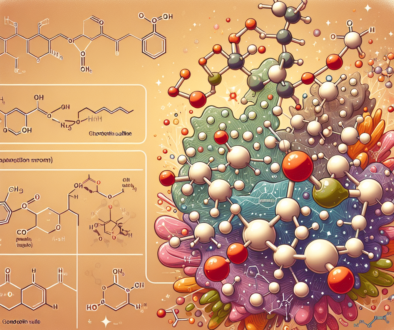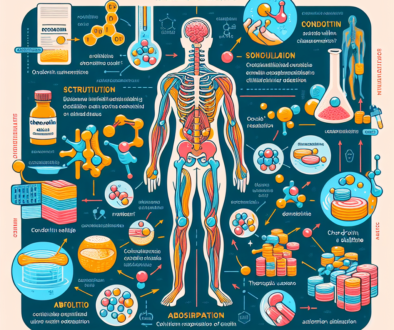Resorcinol SDS: Safety Data and Handling
-
Table of Contents
- Resorcinol SDS: Essential Safety Data and Handling Guidelines
- Understanding Resorcinol and Its Applications
- Resorcinol Safety Data Sheet (SDS) Overview
- Identification of Resorcinol
- Hazard Identification
- Composition and Information on Ingredients
- First-Aid Measures
- Fire-Fighting Measures
- Accidental Release Measures
- Handling and Storage
- Exposure Controls and Personal Protection
- Physical and Chemical Properties
- Stability and Reactivity
- Toxicological Information
- Ecological Information
- Disposal Considerations
- Transport Information
- Regulatory Information
- Case Studies and Statistics
- Conclusion: Key Takeaways for Resorcinol Safety
- Discover ETChem’s Premium Protein Products
Resorcinol SDS: Essential Safety Data and Handling Guidelines
Resorcinol is a chemical compound widely used in various industries, from pharmaceuticals to manufacturing. As with any chemical, understanding its properties, potential hazards, and proper handling is crucial for maintaining a safe work environment. This article delves into the safety data sheet (SDS) of resorcinol, providing valuable insights into its safe usage and handling.
Understanding Resorcinol and Its Applications
Resorcinol (C6H6O2) is a dihydroxybenzene derivative that appears as white or light pink crystals or powder with a faint, characteristic odor. It is soluble in water, alcohol, and ether. Its primary uses include:
- Production of adhesives and bonding agents, especially for wood products and automotive tires.
- Synthesis of pharmaceuticals, UV absorbers, dyes, and plasticizers.
- As an antiseptic and disinfectant in medical and cosmetic products.
Resorcinol Safety Data Sheet (SDS) Overview
The SDS for resorcinol is a comprehensive document that outlines all the necessary safety information. It includes details on the substance’s physical and chemical properties, stability and reactivity, toxicological information, and guidelines for handling and storage.
Identification of Resorcinol
The SDS begins with the identification of the substance, including its chemical name, recommended uses, and supplier details. This section is crucial for ensuring that users are dealing with the correct material.
Hazard Identification
Resorcinol poses several health and safety hazards. It is classified as harmful if swallowed, inhaled, or absorbed through the skin. It can cause skin and eye irritation, and prolonged exposure may lead to more severe health issues.
Composition and Information on Ingredients
This section of the SDS provides detailed information on the composition of resorcinol, including any impurities or stabilizing additives that may be present.
First-Aid Measures
In case of exposure to resorcinol, the SDS outlines the necessary first-aid measures. These include immediate medical attention for ingestion, inhalation, or contact with skin and eyes.
Fire-Fighting Measures
Resorcinol is combustible and can form flammable vapors with air. The SDS provides guidance on suitable extinguishing media, special firefighting procedures, and protective equipment for firefighters.
Accidental Release Measures
In the event of a spill or accidental release, the SDS describes the steps to contain and clean up resorcinol safely. It emphasizes the importance of personal protective equipment (PPE) and proper disposal methods.
Handling and Storage
Proper handling and storage of resorcinol are critical to prevent accidents and exposure. The SDS advises on safe practices, such as using appropriate PPE, avoiding inhalation of dust, and storing the chemical away from incompatible materials.
Exposure Controls and Personal Protection
The SDS specifies the occupational exposure limits and the required PPE, including respiratory protection, gloves, and eye/face protection, to minimize the risks associated with resorcinol exposure.
Physical and Chemical Properties
This section details the physical and chemical properties of resorcinol, such as melting point, boiling point, density, and solubility, which are essential for risk assessment and handling procedures.
Stability and Reactivity
Resorcinol’s stability under normal conditions and possible hazardous reactions when exposed to certain substances are outlined in the SDS.
Toxicological Information
The toxicological profile of resorcinol includes information on the routes of exposure, related symptoms, and long-term effects. It also covers the results of specific toxicity tests.
Ecological Information
The environmental impact of resorcinol, including its potential to bioaccumulate and its effects on aquatic life, is also addressed in the SDS.
Disposal Considerations
Proper disposal methods for resorcinol and contaminated packaging are crucial to prevent environmental contamination. The SDS provides recommendations for safe disposal practices.
Transport Information
Transporting resorcinol requires adherence to international and local regulations. The SDS includes necessary information such as UN numbers, transport hazard classes, and packing groups.
Regulatory Information
The SDS concludes with a summary of the regulatory information pertaining to resorcinol, including any safety, health, and environmental regulations that apply to the substance.
Case Studies and Statistics
Real-world incidents involving resorcinol can provide valuable lessons on the importance of adhering to SDS guidelines. For example, a case study might detail an incident where improper storage led to a fire, emphasizing the need for strict adherence to storage recommendations. Statistics on occupational exposure and related health issues can further highlight the importance of proper handling and PPE usage.
Conclusion: Key Takeaways for Resorcinol Safety
Understanding the safety data and handling guidelines for resorcinol is essential for preventing accidents and protecting workers’ health. The key takeaways from the SDS include the importance of proper identification, hazard awareness, first-aid measures, safe handling and storage practices, exposure controls, and adherence to regulatory requirements. By following these guidelines, industries can ensure a safer working environment when dealing with resorcinol.
Discover ETChem’s Premium Protein Products
For those in the market for high-quality protein products, ETChem offers a range of superior collagen solutions. Whether you’re looking for marine, fish, bovine, or chicken collagen, ETChem provides products with neutral taste and instant solubility, suitable for various applications in the nutraceutical, pharmaceutical, cosmeceutical, and food and beverage industries.
About ETChem:
ETChem, a reputable Chinese Collagen factory manufacturer and supplier, is renowned for producing, stocking, exporting, and delivering the highest quality collagens. They include marine collagen, fish collagen, bovine collagen, chicken collagen, type I collagen, type II collagen and type III collagen etc. Their offerings, characterized by a neutral taste, instant solubility attributes, cater to a diverse range of industries. They serve nutraceutical, pharmaceutical, cosmeceutical, veterinary, as well as food and beverage finished product distributors, traders, and manufacturers across Europe, USA, Canada, Australia, Thailand, Japan, Korea, Brazil, and Chile, among others.
ETChem specialization includes exporting and delivering tailor-made collagen powder and finished collagen nutritional supplements. Their extensive product range covers sectors like Food and Beverage, Sports Nutrition, Weight Management, Dietary Supplements, Health and Wellness Products, ensuring comprehensive solutions to meet all your protein needs.
As a trusted company by leading global food and beverage brands and Fortune 500 companies, ETChem reinforces China’s reputation in the global arena. For more information or to sample their products, please contact them and email karen(at)et-chem.com today.





